What Size Portable Power Station Do I Need for a TV?
A portable power station allows watching TV even in the case of power outages or outdoor trips. The gadgets provide a stable source of power. They keep your TV up and running whether you are camping or even when there is a blackout. However, to get the appropriate one, you need to know the power needs. Not every TV uses electricity in the same amount. Some require more and others less power. Choosing the wrong power station will disappoint you. In this guide, we will assist you in selecting the appropriate size and the most appropriate portable station to use. Keep reading to learn more.
How to Calculate the Power Consumption of Your TV and Related Devices?
To begin with, look at the power rating (in watts) on the label, manual, or online of the TV. The average size of a modern TV is between 30 to 100 watts, depending on the size and the technology used. Then, multiply the wattage by the time that you will be spending watching TV every day to obtain watt hours (Wh).
As an example, a 50 W television watched for 4 hours consumes 200 Wh. To add in the wattage of related devices, such as a streaming box or sound bar, add the wattage of each device and then multiply by the time you use it.
How to Compare Portable Power Station Output and Battery Capacity?
When comparing power stations, the battery capacity should be considered in terms of watt-hours (Wh). This is an indication of the amount of energy that is stored in the unit. The greater the Wh, the longer the run time of your devices. Then, look at output power, which is in watts (W). This gives you the amount of power that it can give you on a continuous basis. Ensure that the output rating is higher than the wattage required for your TV.
Certain varieties of TV require a brief burst of additional power to start. Select a power station that has a surge rating to deal with this. Also, the inverter efficiency should be taken into account, which is typically 85 percent. Keep an additional 20-25 percent as a buffer so that the battery is not drained very fast.

How to Estimate Portable Power Station Runtime and Charging Time?
To calculate run time, divide the watt-hours (Wh) of the power station by the watts of your TV. Next, use approximately 85 percent efficiency. As an example, a 500 Wh power station with a 100 W TV can last approximately 4 hours. This time is shortened by the heavier TVs or additional devices. The time it takes to charge varies with the wattage that goes into your charger.
When the charger delivers 100 W, it can charge 500 Wh in approximately 5 hours. Charging may take longer with solar or a car. Charging speed is also determined by weather and the quality of the cables. Product specs will always give you the exact numbers. Add a buffer time to increase accuracy and performance.
Which Portable Power Stations Can Support TVs and Other Appliances
Need a portable power station to power your TV? These are the best-rated ones that can also be used in running other important appliances.
P210 Portable Power Station
The AFERIY P210 portable power station has a capacity of 2048Wh and 2400W continuous power, which makes it compatible with different appliances. It has a LiFePO₄ battery that guarantees more than 4,000 recharge cycles, giving it long-term reliability. The unit can be charged in various ways, including by AC, solar, and even by car. It also has a pure sine wave inverter to ensure the operation of devices. It is more convenient with Bluetooth connections, as users will be able to track and adjust the station through a mobile application.
Pros
Large capacity and output rates accommodate a variety of devices.
There are several charging options that are flexible.
Extended battery life of more than 4,000 charge cycles.
Con
The 22 kg weight may be excessive to some users.
P310 Portable Power Station
The AFERIY P310 portable power source has a massive capacity of 3840Wh and a powerful 3600W pure sine wave inverter. This combination guarantees steady power to the high-power-consuming equipment, such as televisions, refrigerators, and power tools. The unit has a long-lasting LiFePO₄ battery with more than 4000 charge cycles, which is durable and safe. It has several charging sources, AC, solar, and car, which gives flexibility in different situations. It has a mobile application that is easy to use and monitor.
Pros
Large capacity and generation are useful for a large number of devices.
Long battery capacity of more than 4000 charge cycles.
There are a variety of charging options, making it versatile.
Con
Being very big may make it less portable.

AFERIY P210 2400W Solar Generator Kit
The AFERIY P210 solar generator has a 2400W pure sine wave output and a 2048Wh capacity, which is suitable for TVs and appliances. It takes 2 hours to charge fully through AC. The LiFePO₄ battery has a long-lasting reliability of 4000+ cycles. It has 16 outputs to power various devices and has a UPS backup. It can be used off-grid with a 500W MPPT solar input. Bluetooth control will provide convenience, and four recharging options will make it flexible both indoors and outdoors.
Pros
Fast 2-hour AC charging.
16 outputs for device compatibility.
Long-lasting LiFePO₄ battery with 4000+ cycles.
Con
Max solar input of 500W.
AFERIY P310 3600W Solar Generator Kit
The AFERIY P310 3600W solar generator kit is a beast that comes with a huge 3840 Wh LiFePO4 battery and a 3600 W pure sine wave inverter. This is an expandable system (up to 11,520 Wh) with wheels and a handle to make transportation simpler. It has a UPS backup and 10 ms rapid switchover, Bluetooth app supervision, and charging alternatives (AC, sun, auto). It has a 2000 W solar input and a fast AC + solar charging combo that makes it recharge in 1.5 hours to provide an uninterrupted power supply.
Pros
High 3600 W output powers almost any TV and appliance.
An expandable battery lets you scale runtime as needed.
Rapid recharge via AC + solar combo in only 1.5 hours.
Con
Bulky size can limit portability.
Summary: How to Choose the Right Power Station for TV Use?
The first step to selecting the correct power station to use with your television set is knowing the wattage of your TV set and the number of hours you are likely to use it. Choose a unit that has sufficient battery power to suit your viewing requirements. Make sure the wattage of the power station is more than what your TV needs. Find a pure sine wave inverter to save delicate electronics. Think about how you will recharge- AC, solar, or car input all have their advantages.
Fast charging is the best in an emergency or for everyday use. Make sure the unit has sufficient output ports that can be used by other devices. Portability is important when you want to use it outdoors or when on a trip. The last step is to compare features and capacity to get the most suitable one that fits your lifestyle.
Related reading:
10 Best Solar Battery Backup Systems for the Home
Anker Portable Power Station Vs Aferiy Portable Power Station: Which One Should You Choose?
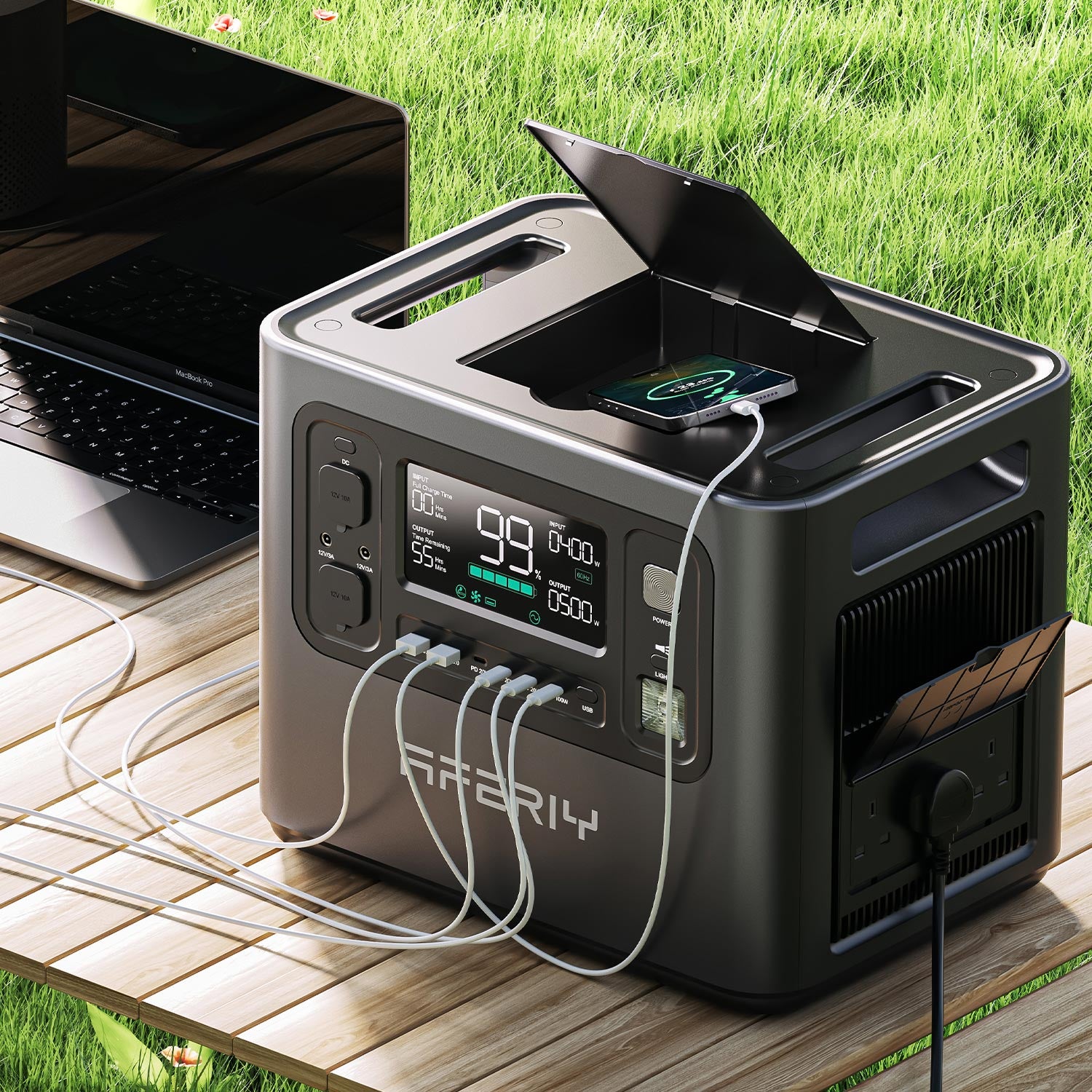
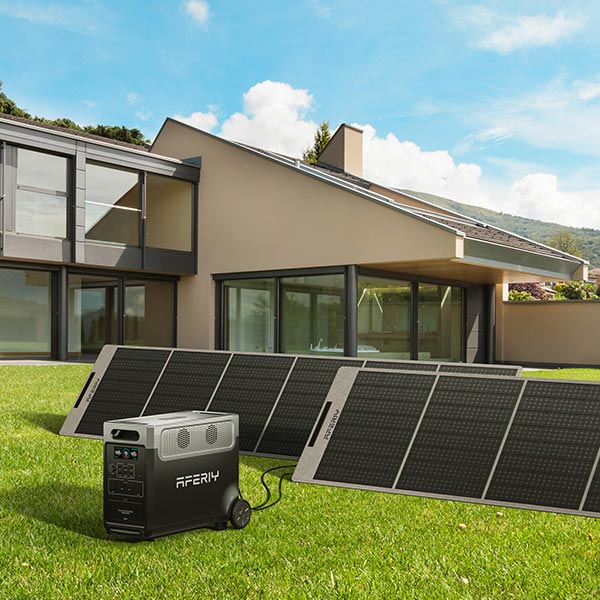

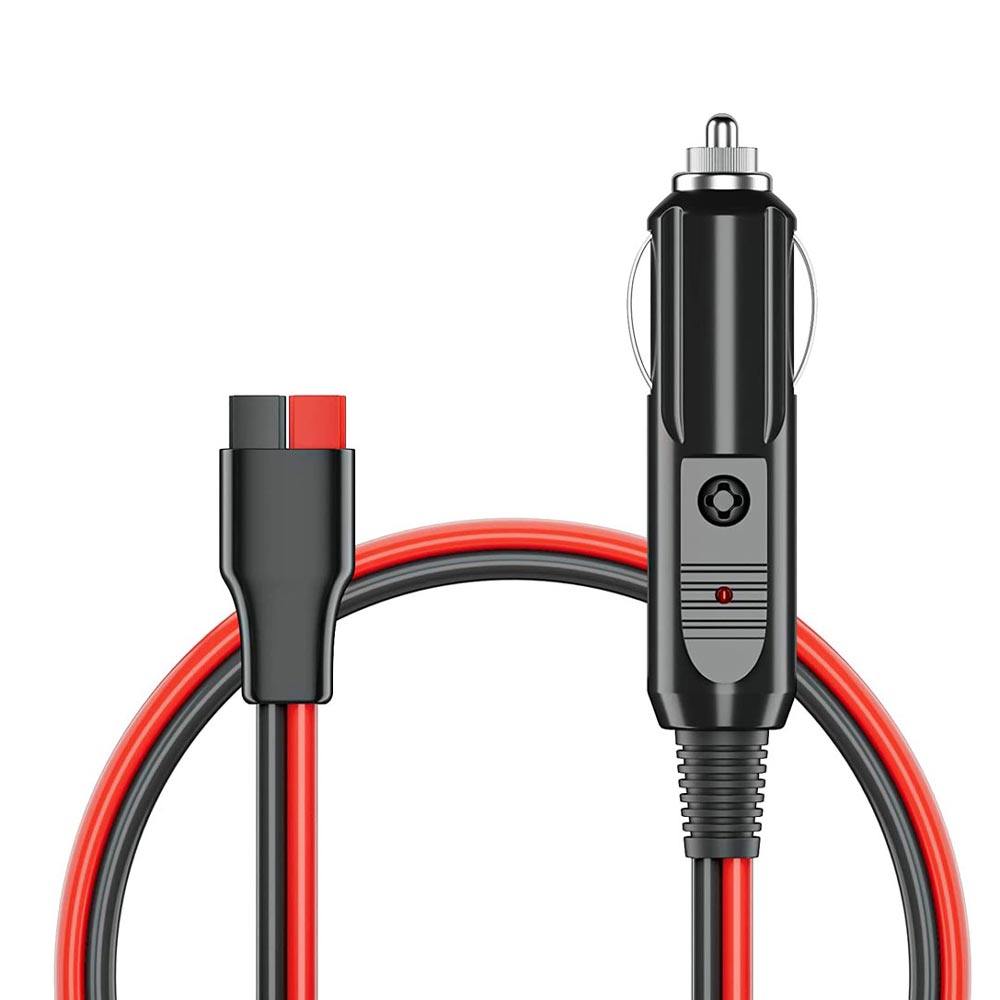
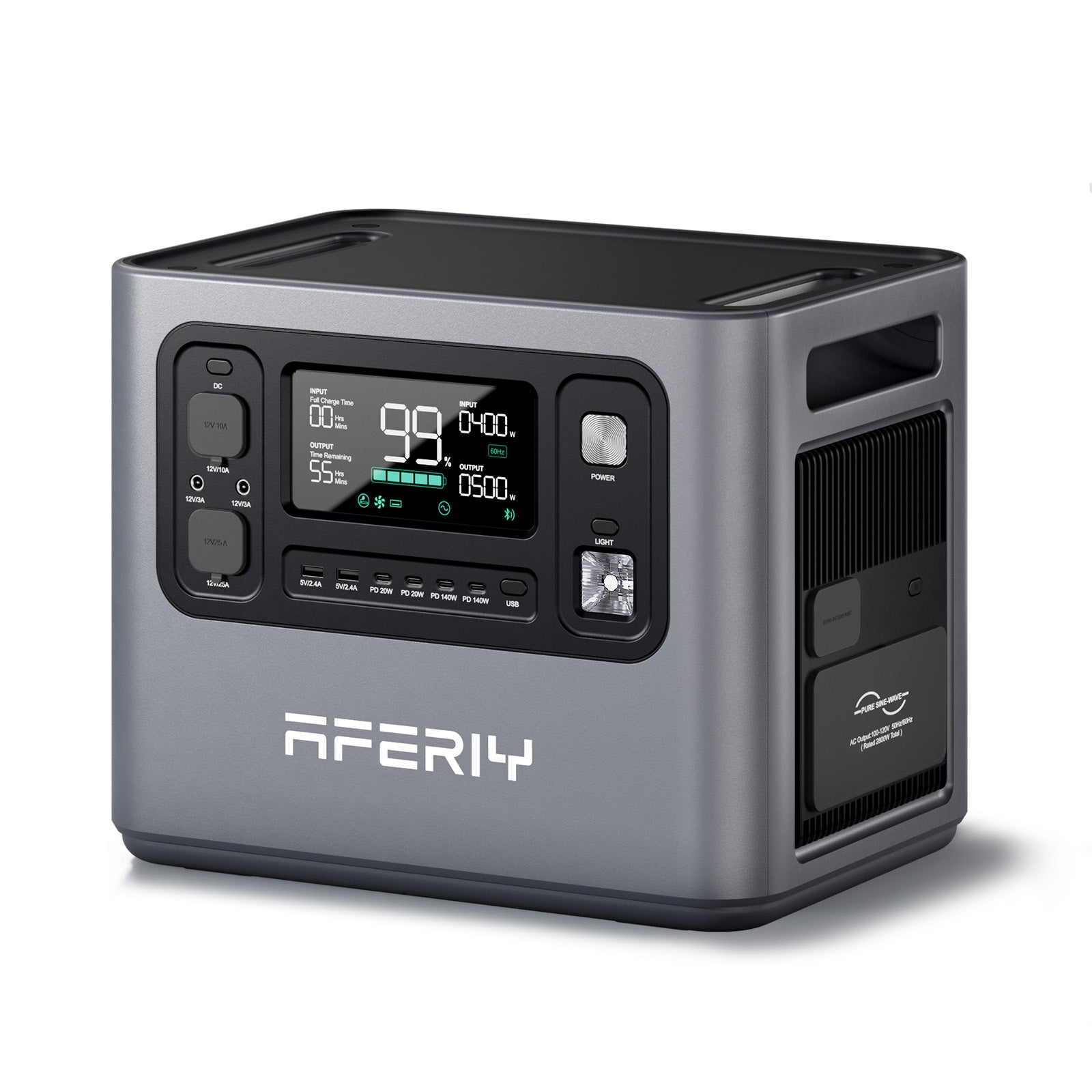
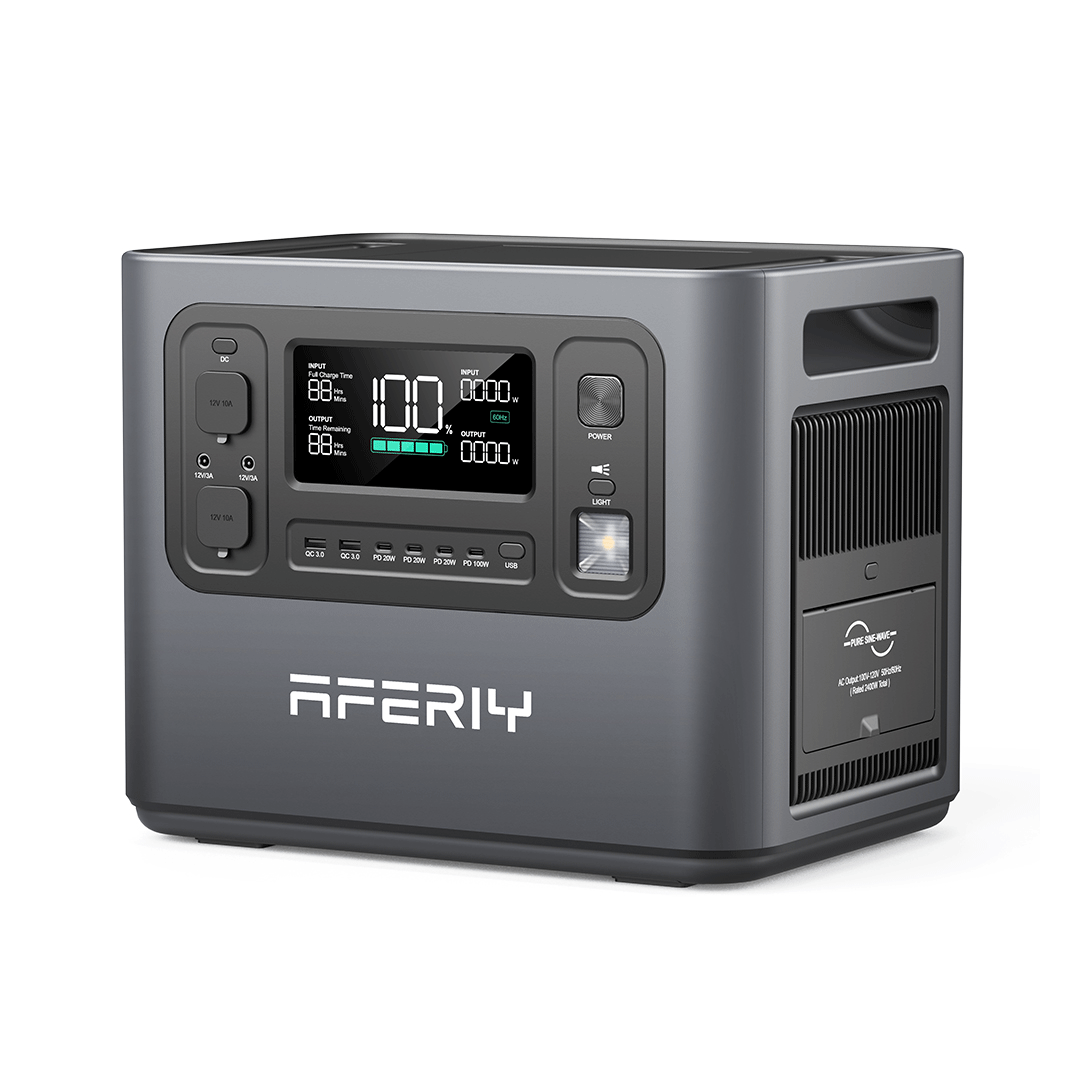
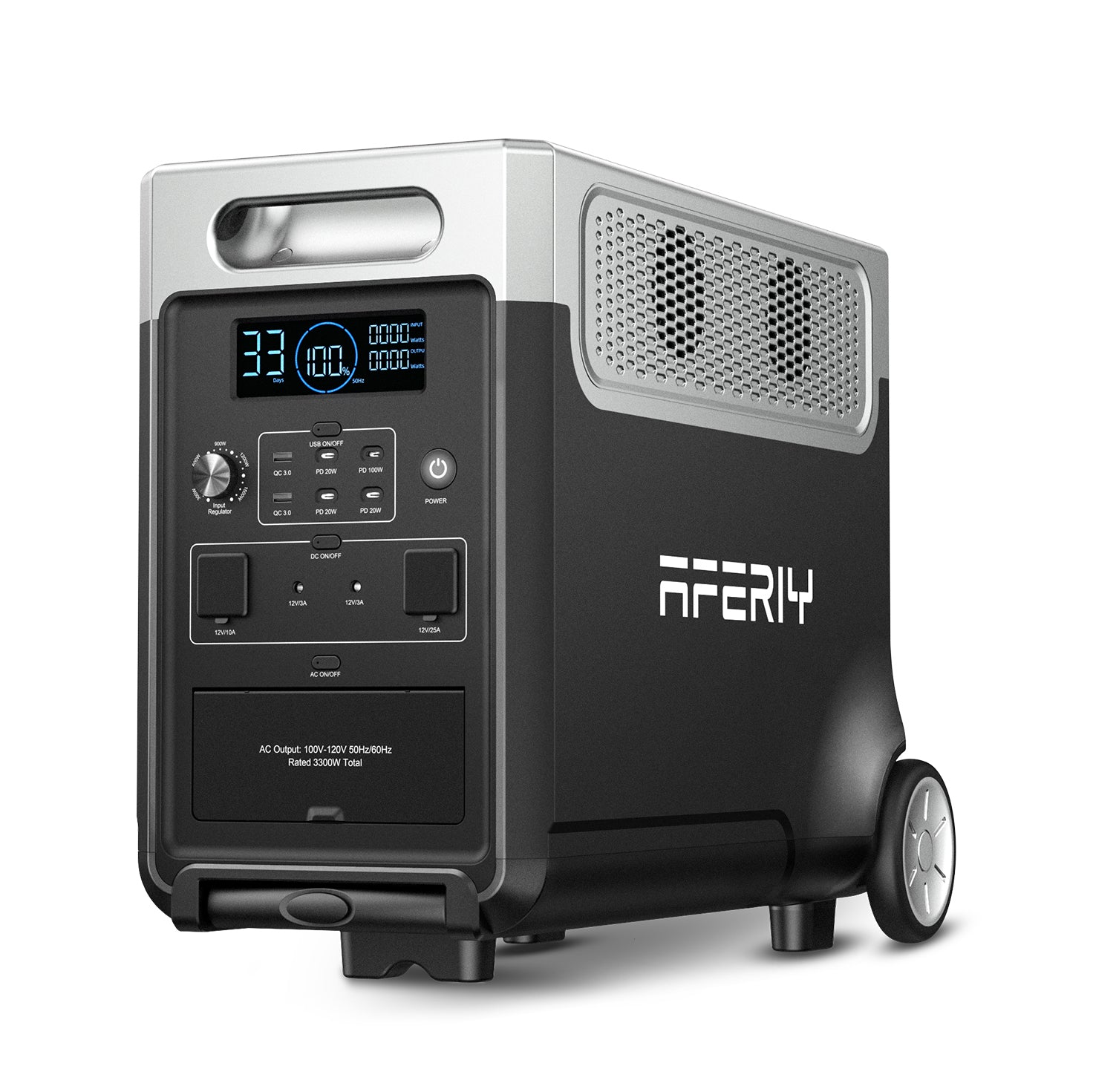
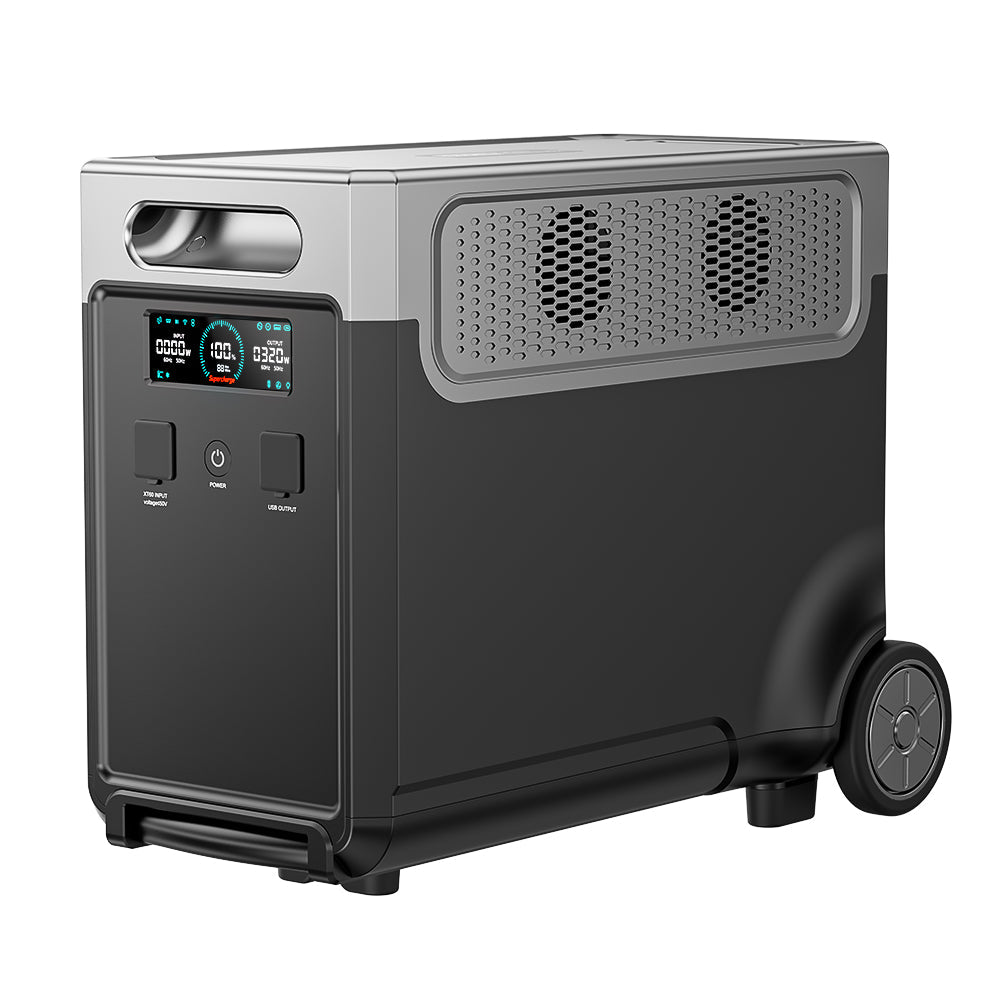
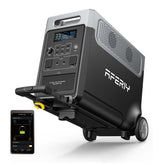
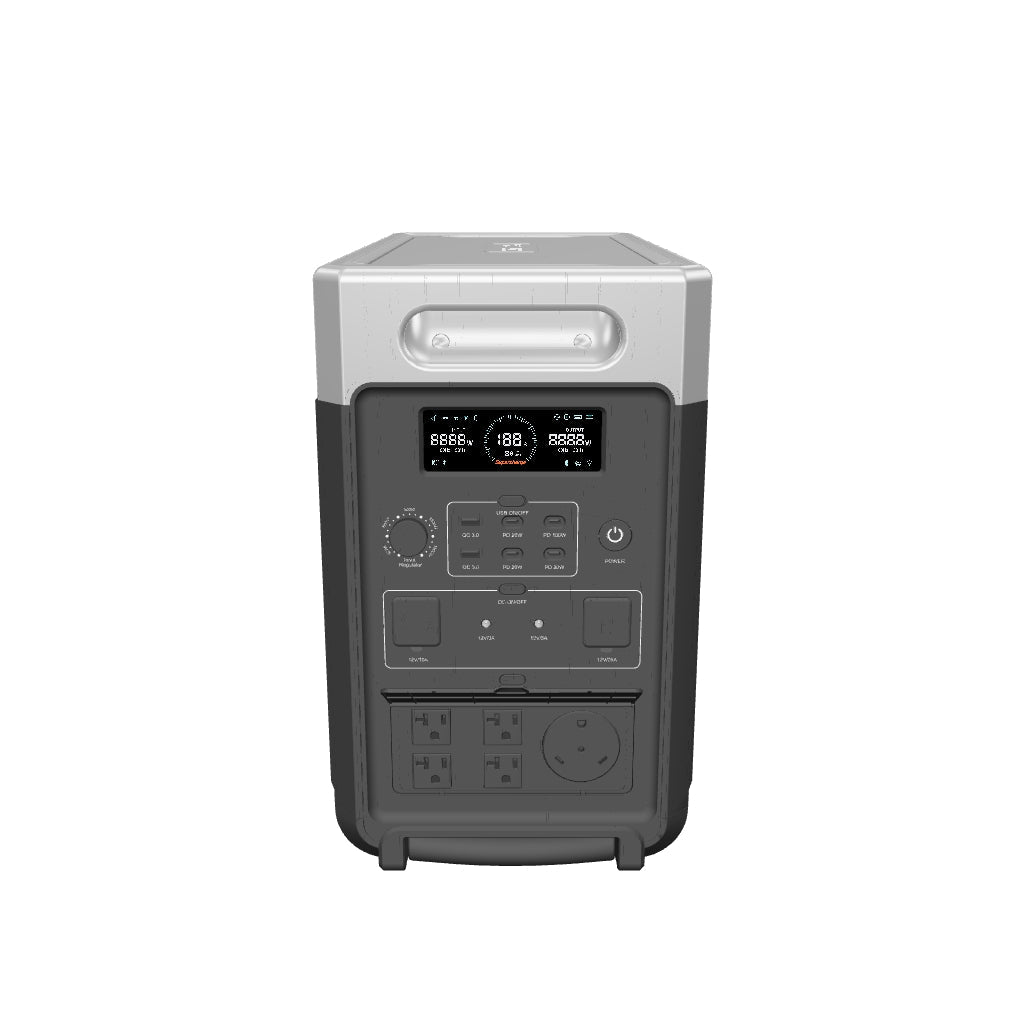
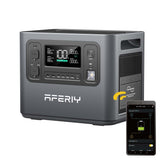
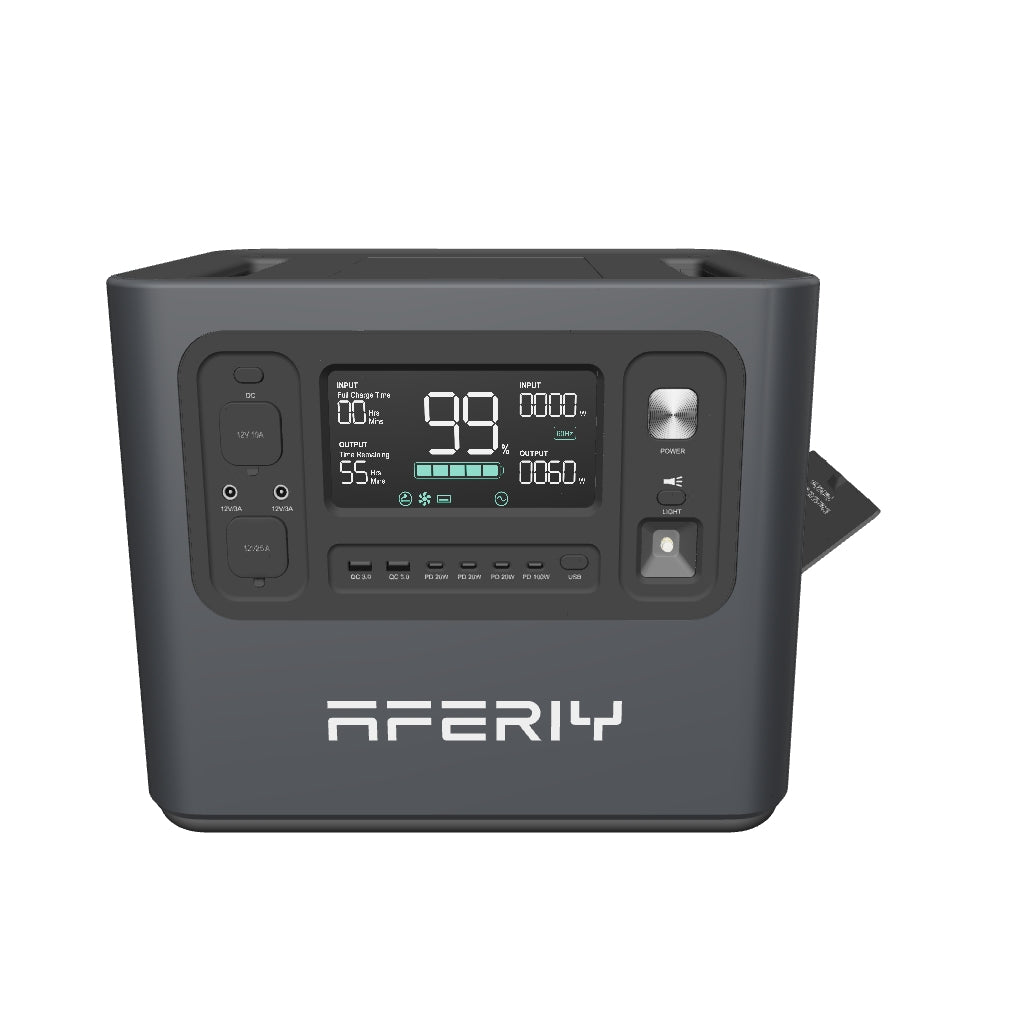
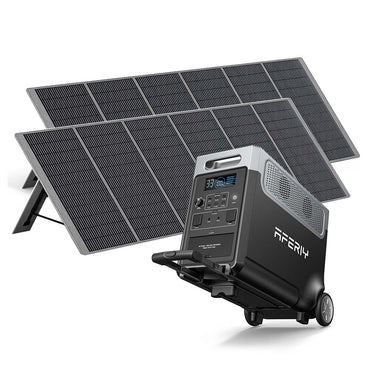
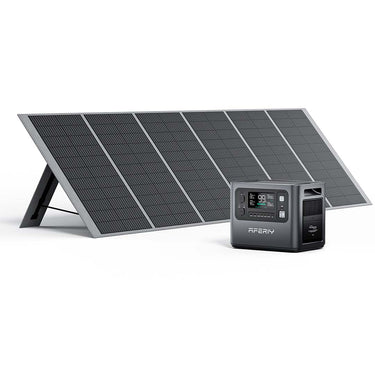
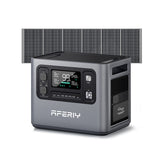

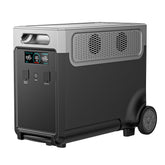

Leave a comment
Please note, comments need to be approved before they are published.